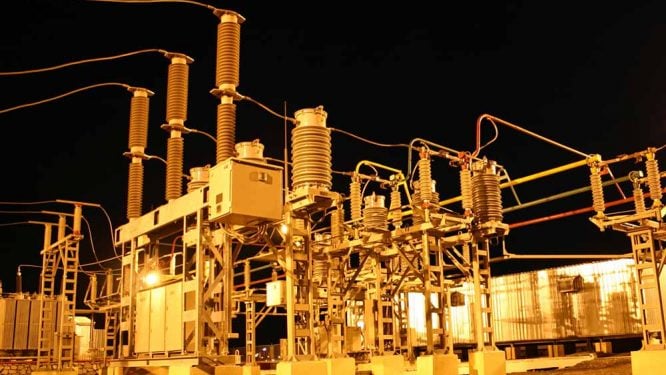

This course covers theoretical foundations, methods for analyzing unbalanced conditions, and real-world applications such as fault analysis, system protection, and stability assessments. This syllabus ensures delegates gain a deep understanding of symmetrical components and their broad range of applications in real-world power systems, preparing them for careers in power system analysis, protection, and operations.
By the end of this course, delegates will:
Prerequisites:
This interactive Training will be highly interactive, with opportunities to advance your opinions and ideas and will include:
• Lectures
• Workshop & Work Presentation
• Case Studies and Practical Exercise
• Videos and General Discussions
Introduction to Symmetrical Components
Basic Concepts and Mathematical Formulation
Symmetrical Components and Balanced Systems
Symmetrical Components in Fault Analysis (Part 1)
Application of Symmetrical Components in System Protection
Symmetrical Components in Power System Stability
Symmetrical Components in Power System Transients and Harmonics
Advanced Applications of Symmetrical Components
Simulation Techniques and Case Studies
Course Review and Future Trends
A RECTUS attendance certificate will be awarded to all participants who complete at least 80% of the total course duration.
| Code | Date | Venue | Fees | Register |
|---|---|---|---|---|
| EP153-01 | 18-01-2026 | Dubai | USD 4250 | |
| EP153-02 | 19-04-2026 | Muscat | USD 4250 | |
| EP153-03 | 12-07-2026 | Dubai | USD 4250 | |
| EP153-04 | 18-10-2026 | Dubai | USD 4250 |
Providing services with a high quality that are satisfying the requirements
Appling the specifications and legalizations to ensure the quality of service.
Best utilization of resources for continually improving the business activities.
BTS keen to selects highly technical instructors based on professional field experience
Since BTS was established, it considered a training partner for world class oil & gas institution
1st floor, Incubator Building- Masdar City - Abu Dhabi - United Arab Emirates
Sun to Fri 09:00 AM to 06:00 PM
Contact Us anytime!
Request Info